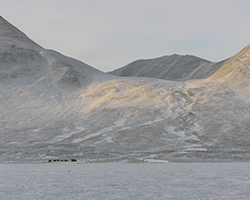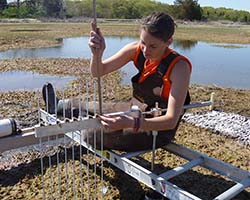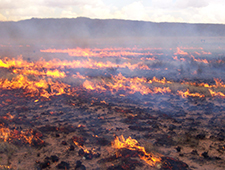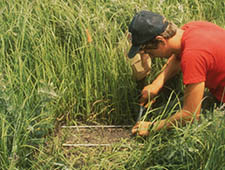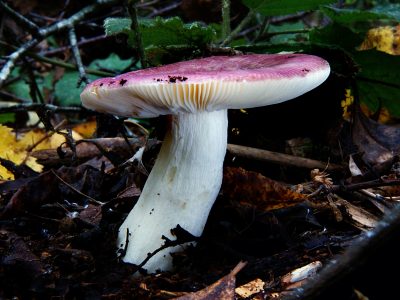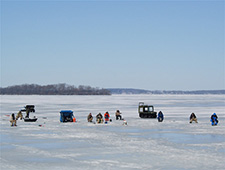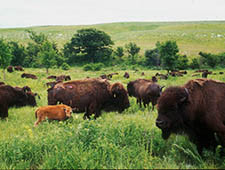Partners in Crime: Woody Plants and Liana Delay Forest Succession in Temperate Coastal Ecosystems
Barrier islands’ harsh conditions, including nutrient and freshwater limitations and extremes of light and temperature, along with frequent large-scale disturbances, such as hurricanes, limit the number of plants species able to survive. As a result, successional trajectories can be convoluted.

